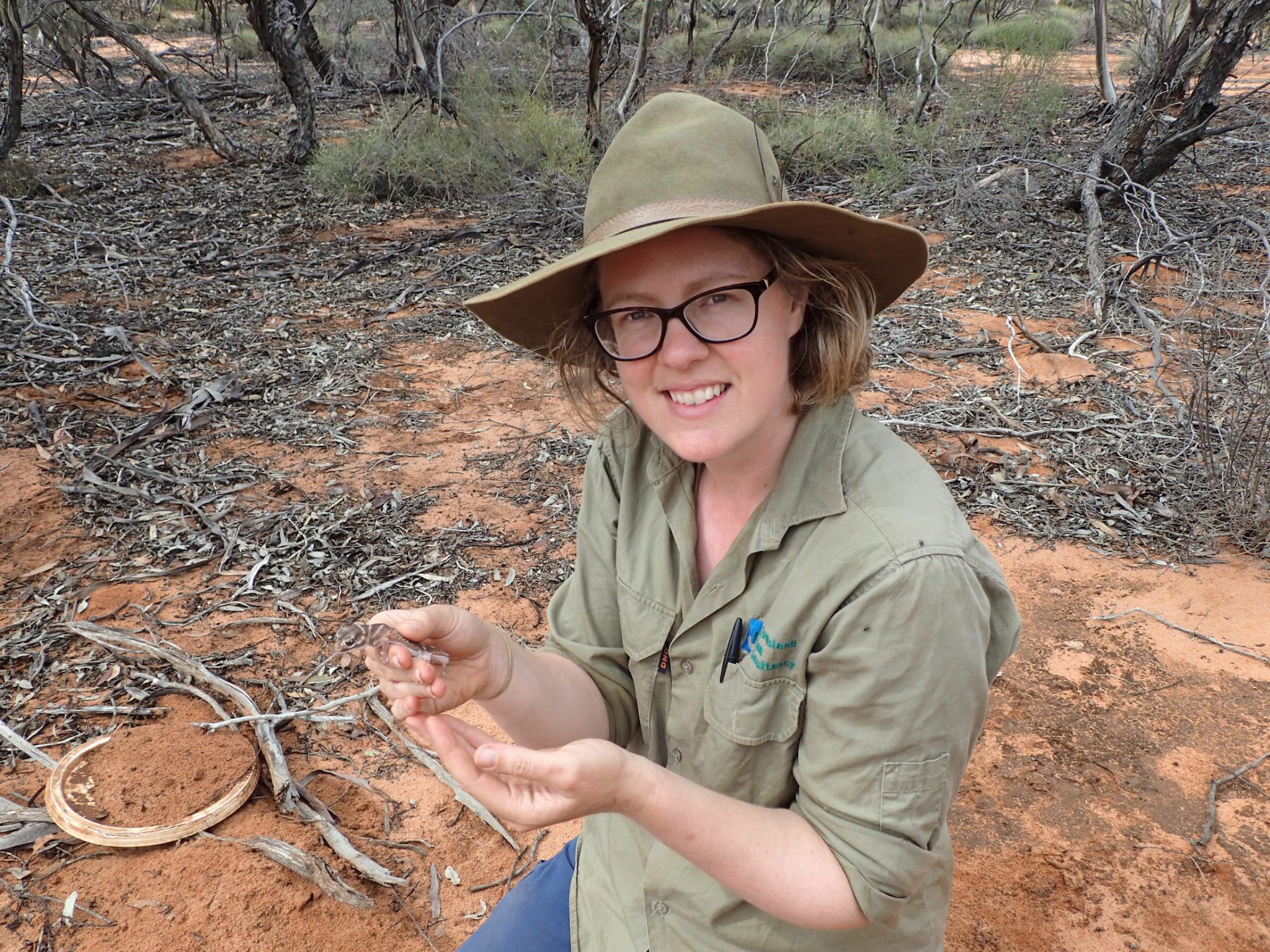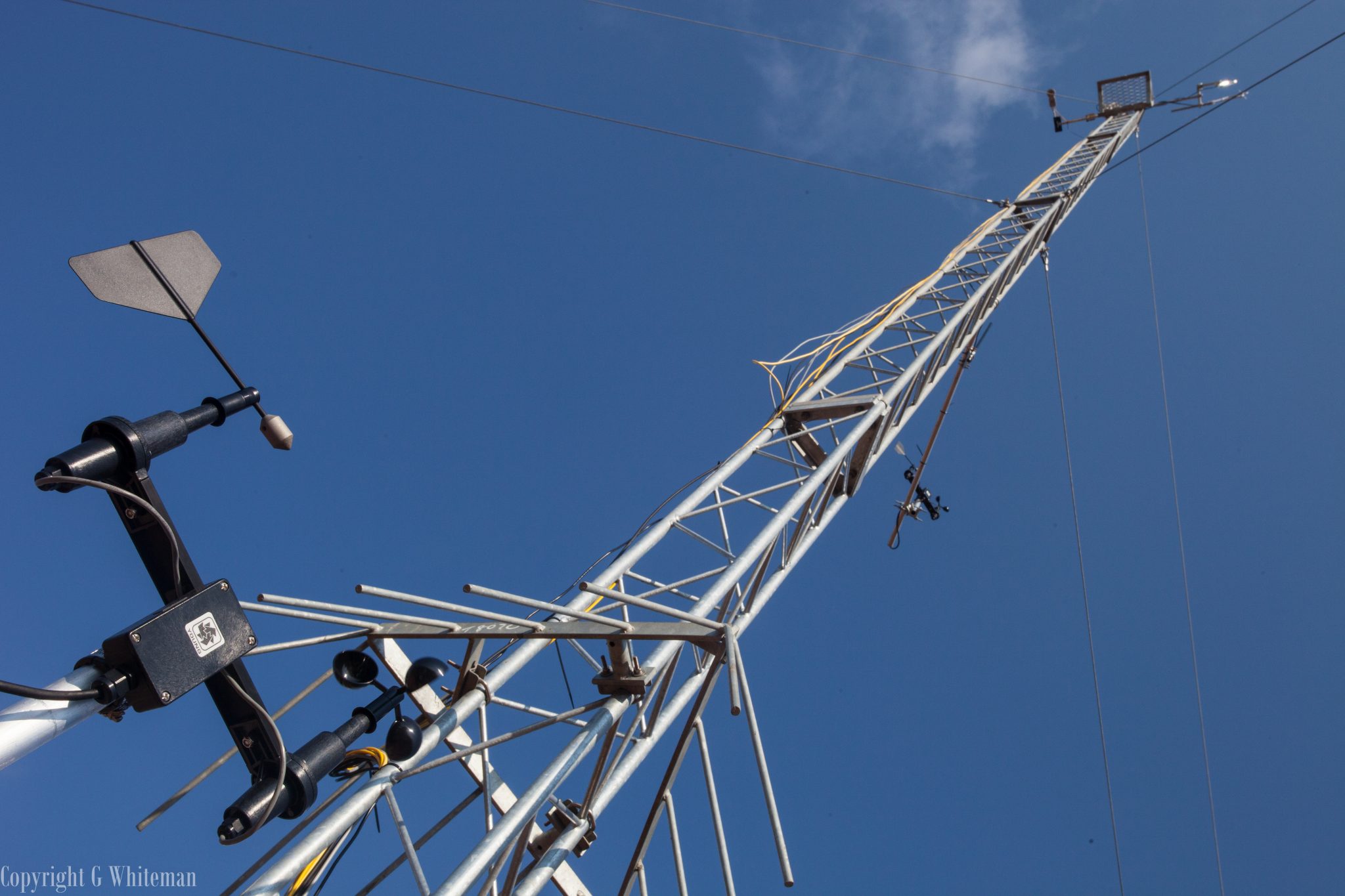Science in Action
at Calperum Station
Calperum’s team of experienced ecologists and rangers use an evidence-based approach, meaning that restoration activities are closely monitored to assess their success, and this information is used to improve future attempts.
Ecology Fellowship
Generously funded by the Ian Potter Foundation, the esteemed ecology fellowship provides an early-career ecologist with the opportunity to conduct research, allowing the recipient the chance to develop their skills while contributing valuable findings.
Current ecology fellow Dr Heather Neally is based at Calperum Station and is using her three-year tenure to explore how Malleefowl act as ‘ecosystem engineers’ within Mallee ecosystems including their influence on soil and plant dynamics. Her research also investigates the use of woody debris as a restoration tool and the impact of environmental watering on native animals.
Science that matters
Explore our ongoing efforts.
Landscape Restoration
As a landscape suffering the effects of long-term over grazing, a significant and constant focus is the restoration of landscapes across both Calperum and Taylorville Stations. Restoration activities include feral animal control, native revegetation, environmental watering along with a host of ecological monitoring.
TERN Supersite
The TERN SuperSite Network is a national program that collects scientific data from a number of ecologically significant sites around Australia. Calperum Station’s SuperSite is used to collect data representative of the mallee semi-arid ecosystem, including undulating mallee woodlands and riverine vegetation. The site is also significant as an example of landscape restoration after a history of extensive grazing.




Ian Potter Foundation - Ecology Fellowship
Generously funded by the Ian Potter Foundation, the esteemed ecology fellowship provides an early-career ecologist with the opportunity to conduct research, allowing the recipient the chance to develop their skills while contributing valuable findings.
Current ecology fellow Dr Heather Neally is based at Calperum Station and is using her three-year tenure to explore how Malleefowl act as ‘ecosystem engineers’ within Mallee ecosystems including their influence on soil and plant dynamics. Her research also investigates the use of woody debris as a restoration tool, and the impact of environmental watering on native animals.
Evidence-Based Landscape Restoration
As a landscape suffering the effects of long-term over grazing, a significant and constant focus is the restoration of landscapes across both Calperum and Taylorville Stations. Restoration activities include feral animal control, native revegetation, environmental watering along with a host of ecological monitoring.
Calperum’s team of experienced ecologists and rangers use an evidence-based approach, meaning that restoration activities are closely monitored to assess their success, and this information is used to improve future attempts. This best-practise model ensures that restoration work is not only effective, but timely, and that precious resources are used to their best potential.






TERN Supersite
The TERN SuperSite Network is a national program which collects scientific data from a number of ecologically-significant sites around Australia. Calperum Station’s SuperSite is used to collect data representative of the mallee semi-arid ecosystem, including undulating mallee woodlands and riverine vegetation. The site is also significant as an example of landscape restoration after a history of extensive grazing.
Calperum’s SuperSite gathers a range of data including energy, carbon, water and nutrient levels in Mallee, woodland and floodplain ecosystems, and tracks how ecosystems respond to scenarios such as reduced grazing, controlled fires and the release of environmental water. Research also investigates the impact of climate change on the landscape, and the movement of water and animals between ecosystems in times of drought. Calperum’s SuperSite is made up of several research plots including sparse mallee woodland, Callitris woodland, river floodplain recovering from over-grazing, and a floodplain black box, river red gum and lignum ecosystem.
Information collected from each TERN SuperSite is gathered and stored in an online database, providing an important source of data for those working in ecology and environmental management. Find out more about Calperum Station’s SuperSite on the TERN website.

